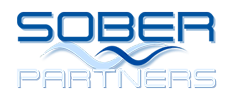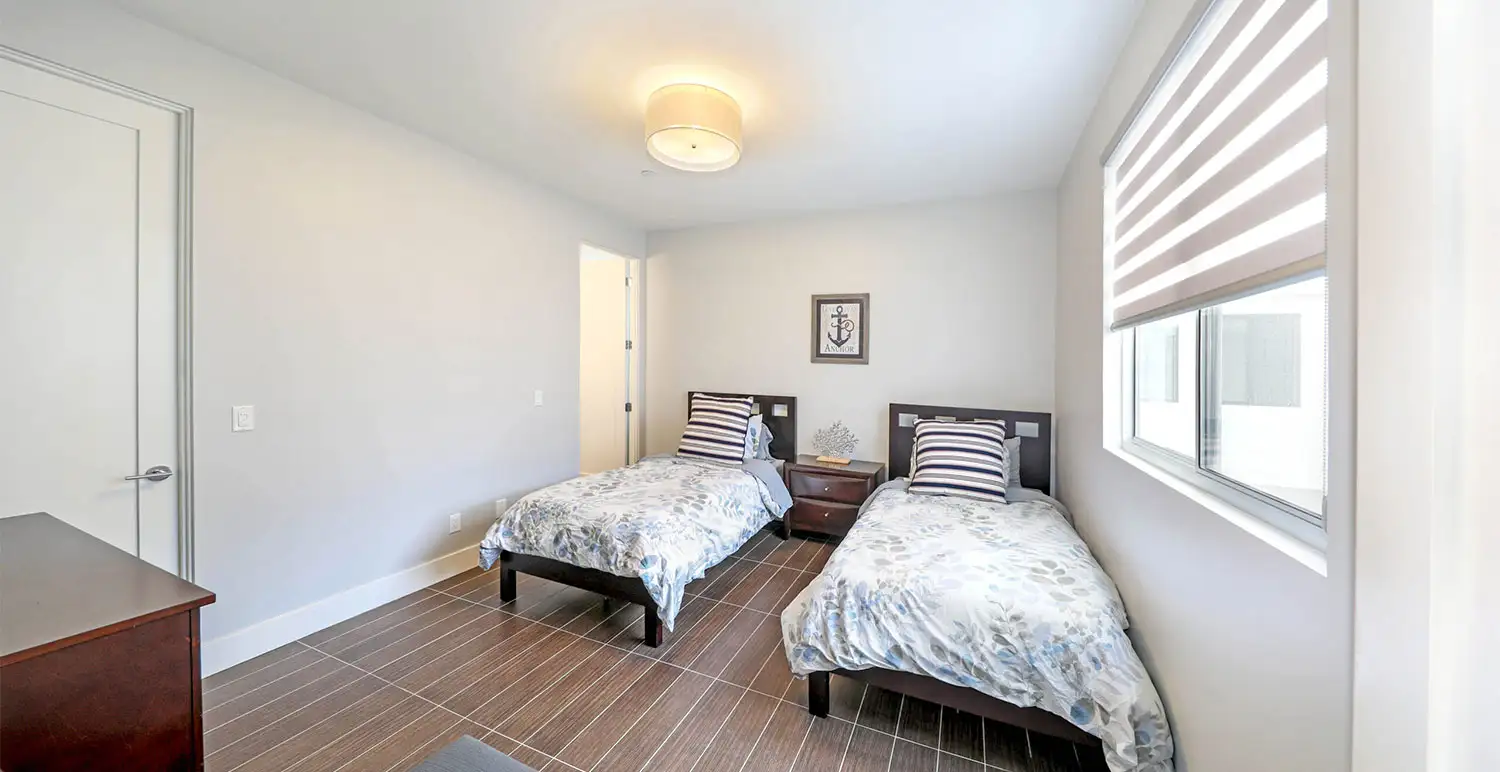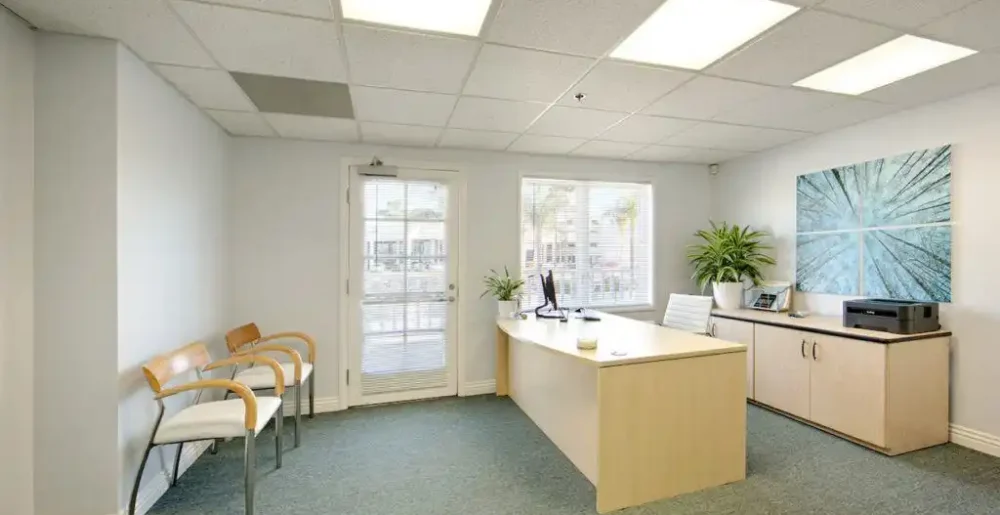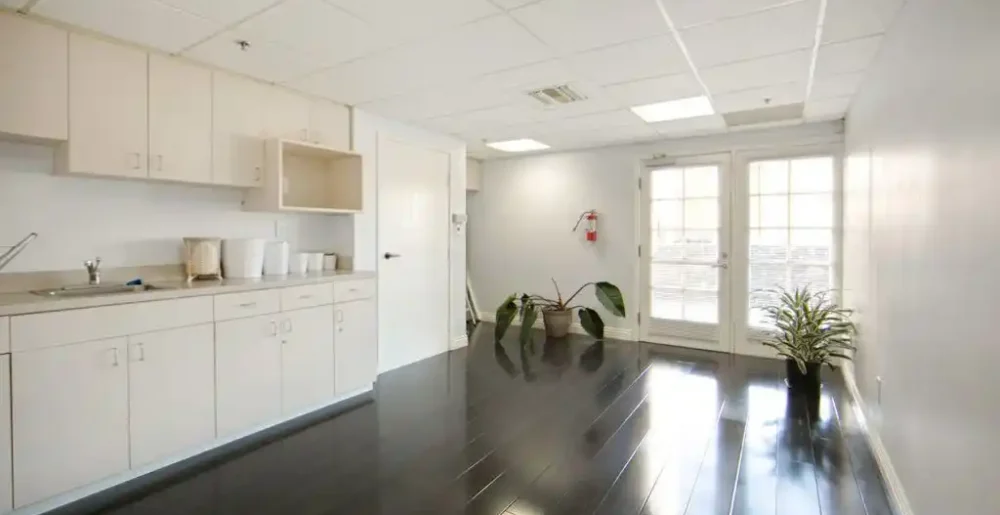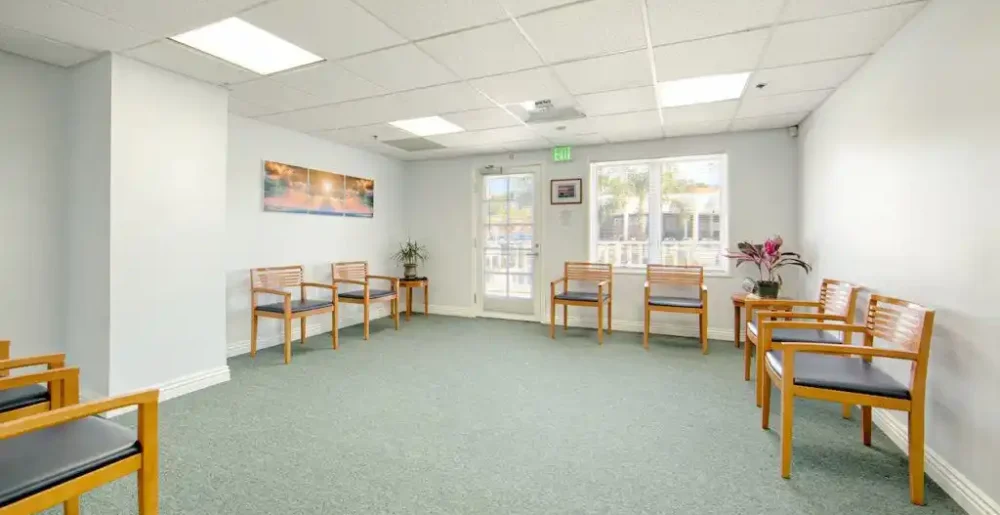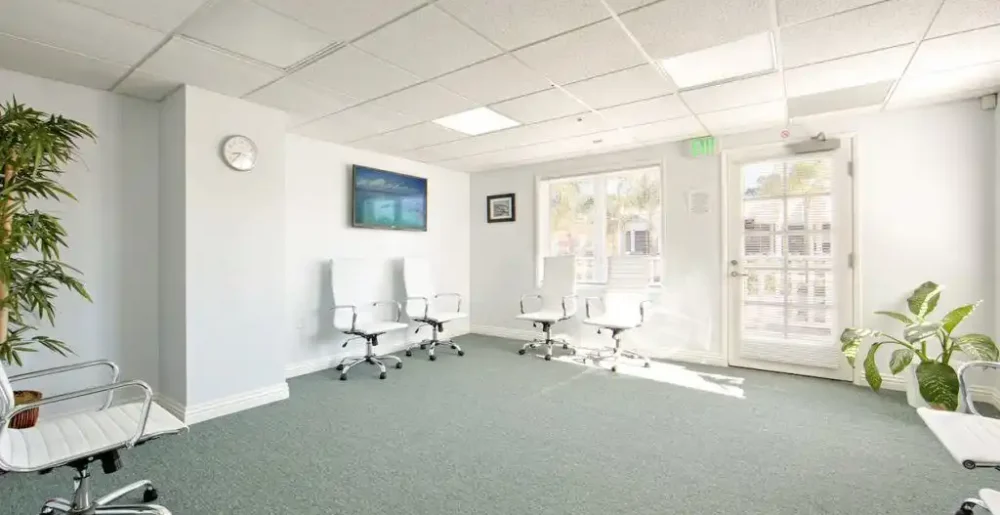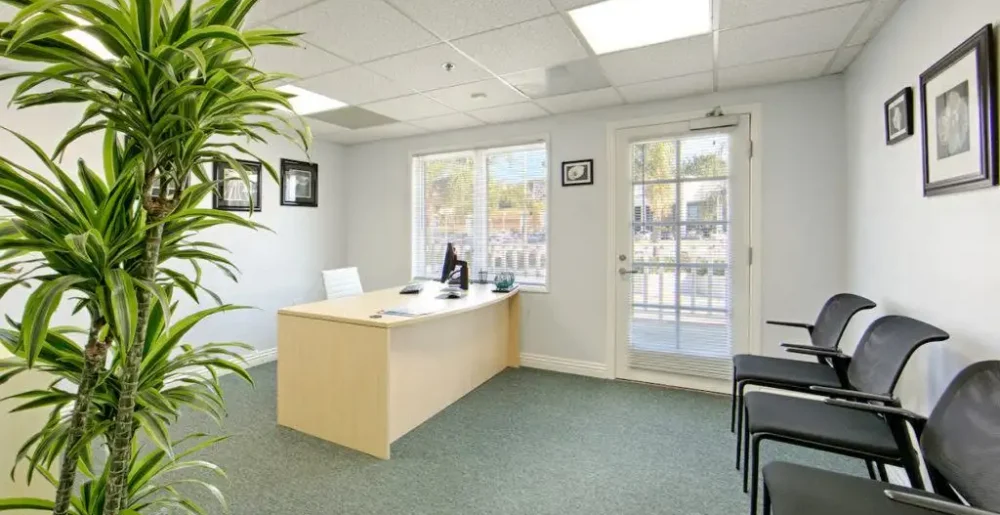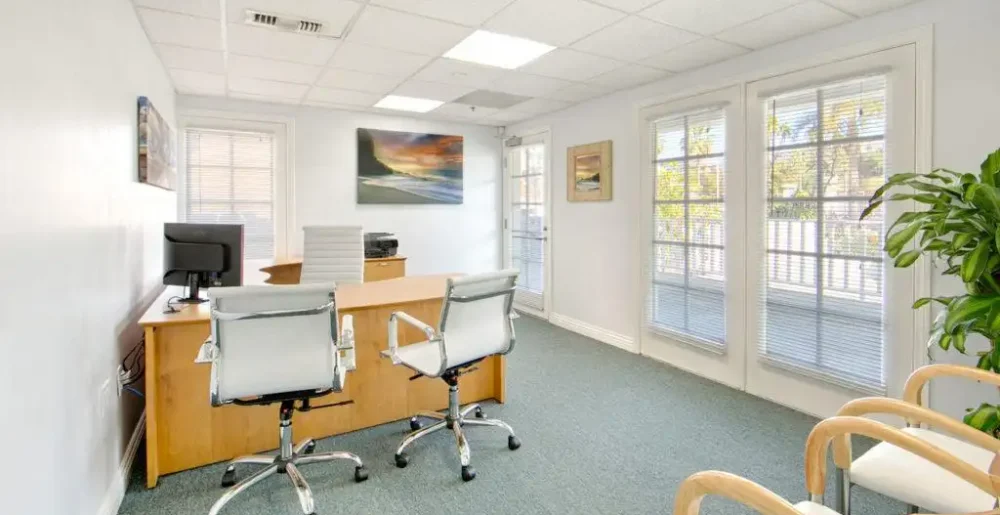Alcohol Treatment
Alcohol Rehab Newport Beach, Orange County CA
If you have an alcohol addiction problem, you may be hesitant to get help. That’s normal. Many alcoholics come to us doubtful of the effectiveness of our treatment, believing their issues won’t be understood.
While we’ve found that every person and their addictions are unique, and many with alcohol addictions find comfort in our awareness of their circumstances. Our Orange County Drug and Alcohol Rehabs have industry-leading psychiatrists, counselors, therapists, and addiction specialists that have many years of experience. Together they have seen thousands of incomparable addiction conditions, becoming ever better.

Top-Rated Alcohol Rehab in Newport Beach, CA
Sober Partners’ Alcohol Rehab in Newport Beach is among the best addiction treatment facilities in California. When you’re always seconds from the sand, life is better. Give us a call or read more to see what our alcohol treatment in Orange County is all about.
What is Alcoholism?
Drinking alcohol is a socially acceptable pastime many Americans engage in occasionally. Most of us do it in a social setting with friends and family. But for 14.4 million American adults, alcohol is a problematic habit.
Roughly 7.6 percent of men and 4.1 percent of women ages 18 years or older have an alcohol use disorder (AUD) in the United States, according to statistics by NSDUH.
Alcohol use disorder, commonly referred to as alcoholism, is a chronic disorder defined by compulsive drinking, loss of alcohol use control, and the presence of alcohol withdrawal syndrome (AWS).
Even 400,000 or more teenagers have AUD. And in colleges, the statistics seem to rise. Almost ten percent of college students 18-22 reported heavy drinking in the past month. And, over a third of the same population reported binge drinking in the past month.
Knowing the line between casual drinking and problem drinking isn’t always clear. The easy answer is that you might be an alcoholic if you can’t control the times or amounts of which you drink.
If your drinking behavior mostly involves binge drinking or being unable to have fun unless drinking heavily, then you might be an alcoholic. If your drinking has caused problems with family members or friends, then you might be an alcoholic.
The first step to recovering from alcohol abuse and alcoholism is to stop drinking and begin detox. Because of the severe consequences of alcohol withdrawal syndrome caused when an alcoholic quits drinking, it may be recommended that this step be done at a facility such as our Huntington Beach alcohol treatment center.
The detox process for alcohol dependency typically takes about three to seven days. After this period, the physical dependence diminishes. However, somewhat permanent damages may leave lasting marks on the body and brain, which is why treatment now is better than treatment later.
The true rehabilitation and long term recovery of alcoholism are earned in the stages after detox. Tons of different therapies and treatment options are available for alcoholics. Every person’s addiction is unique to them, and there is no cure-all treatment for any addict.
Like most substance use disorder treatments, the treatment of alcoholism can see success with the combination of behavioral therapies, and medication-assisted treatment.
Most successful treatment plans employ more than one of the following approaches:
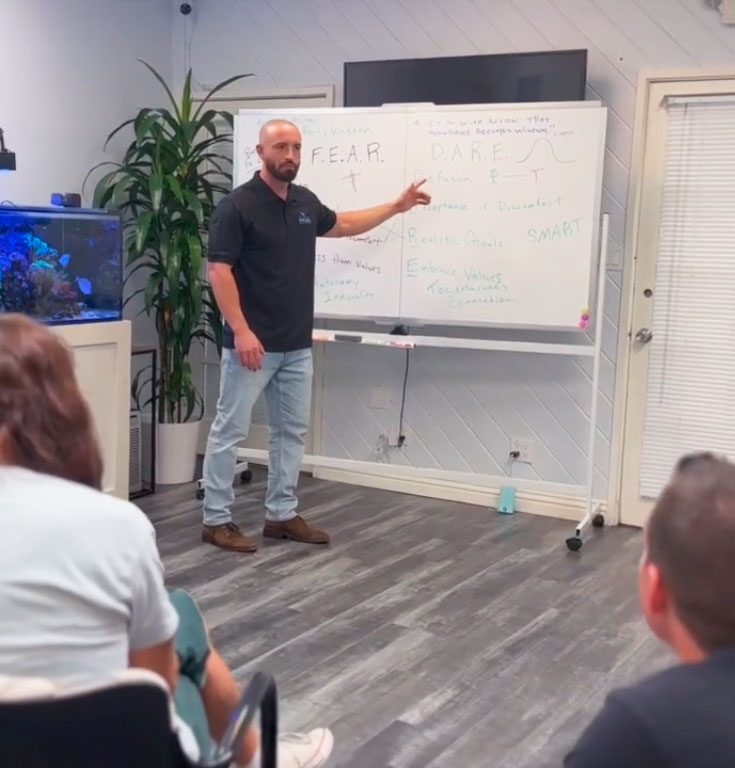
There are different behavioral therapy procedures, but they all essentially focus on bettering coping skills and pinpointing harmful behaviors. The theme always is to identify problematic actions and to fix them with the goal of sobriety and relapse prevention. Many refer to this therapy as Cognitive Behavioral Therapy.
Unfortunately, many addicts of all substances lack encouragement to get sober initially. In these cases, patients of alcohol abuse treatment may benefit from motivational interviewing (motivational enhancement).
Family therapy includes the family of the recovering alcoholic, setting boundaries and behaviors to enhance the life of everyone in the family. When the family is knowledgeable about treating alcoholism and how alcohol affects their loved one, they can react better throughout a range of different situations.
If there is another mental health issue present in someone with a history of alcohol abuse, treatment programs for that co-occurring disorder can improve one’s overall well-being. Treating both conditions helps the recovering alcoholic for both disorders.
The most prevalent support groups are 12-step programs such as Alcoholics Anonymous (AA). 12-step programs are completely volunteer ran and helps recovering alcoholics by giving them a support system and a loose accountability system. People attending Anonymous 12-Step meetings can share their struggles with the group and see how others have successfully coped.
In some more severe cases, alcoholics may benefit from medication-assisted treatment. The use of the following medicines can help reduce cravings and with it the risk of relapse:
- Naltrexone — This opioid antagonist blocks the euphoric feelings of alcohol (and opioids) and can reduce the desire to get high off alcohol.
- Acamprosate — This GABA balancing drug is especially useful for alcohol withdrawals during detox. It can ease the overactive mind of the recovering alcoholic, easing anxiety and helping them sleep.
- Disulfiram — Useful in diminishing the reward associated with drinking in the brain, disulfiram punishes the user for drinking. If the patient drinks alcohol, the result is nausea, vomiting, and headaches.
The treatments and therapies above can be done through either inpatient or outpatient alcohol rehab centers. It’s been seen that the most successful treatment route is to attend an inpatient alcohol rehab center like ours in Orange county.
Though both options are beneficial to the recovering alcoholic, you’ll find better results at a place like our Huntington beach luxury alcohol rehab centers that are steps from the sand. Take a look at some of the fundamental differences between the two:
- Residential treatment (inpatient rehab) gives the recovering alcoholic 24-hour care and maintained supervision. This option provides the patient with better access to help through the waves of cravings and emotions during the early stages of recovery. It’s a more reliable option in building a strong foundation for sobriety since social triggers and temptations are greatly reduced.
- Outpatient Treatment typically requires a recovering alcoholic to attend a treatment center a few hours at a time a few days a week. This is may be the first step for some after residential treatment, though some may start outpatient treatment directly after detox.
Ready to Start Your Journey to Recovery?
Contact Sober Partners’ Alcohol Rehab in Newport Beach Today and Take the First Step Toward a Healthier, Happier Life!
